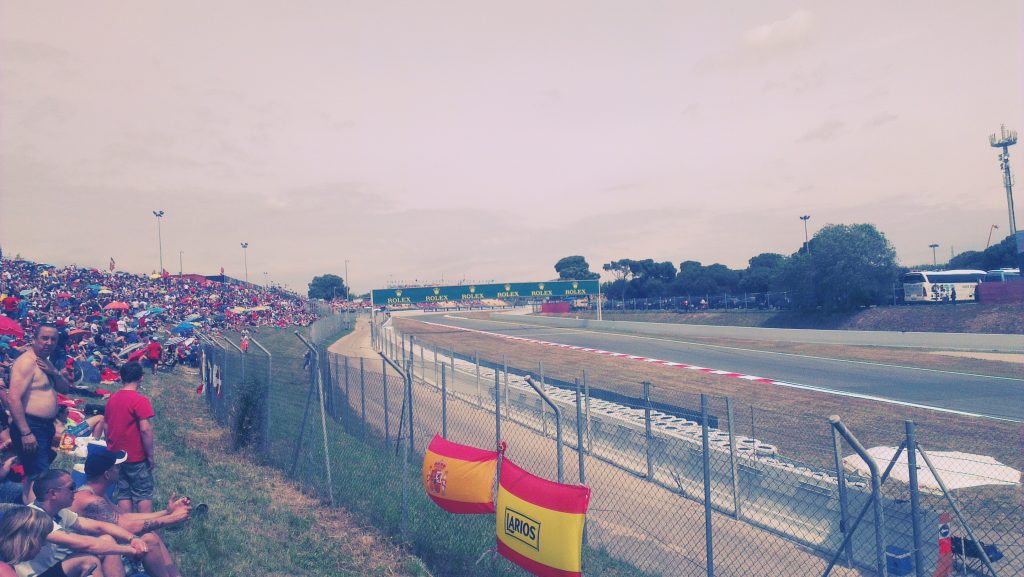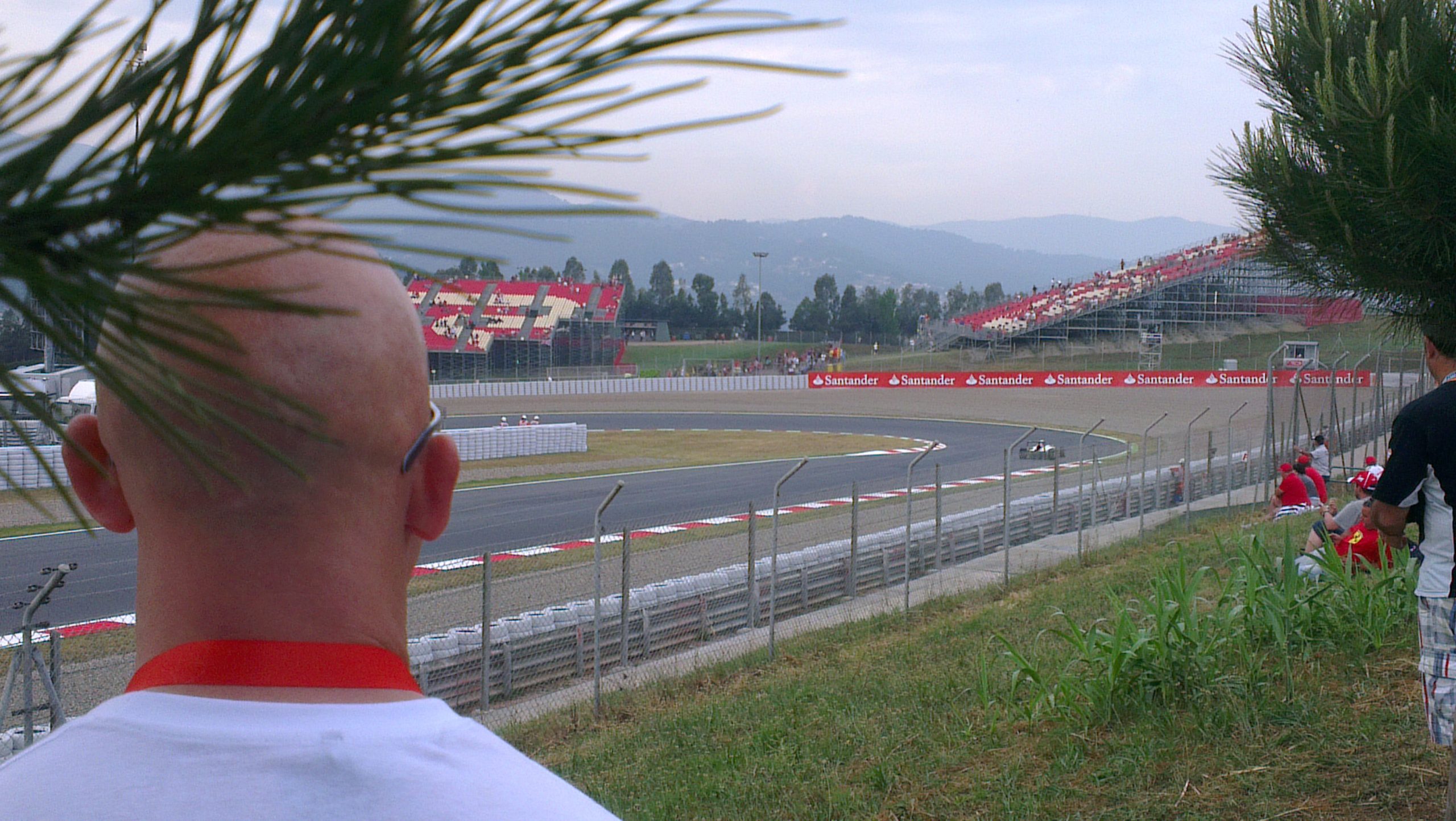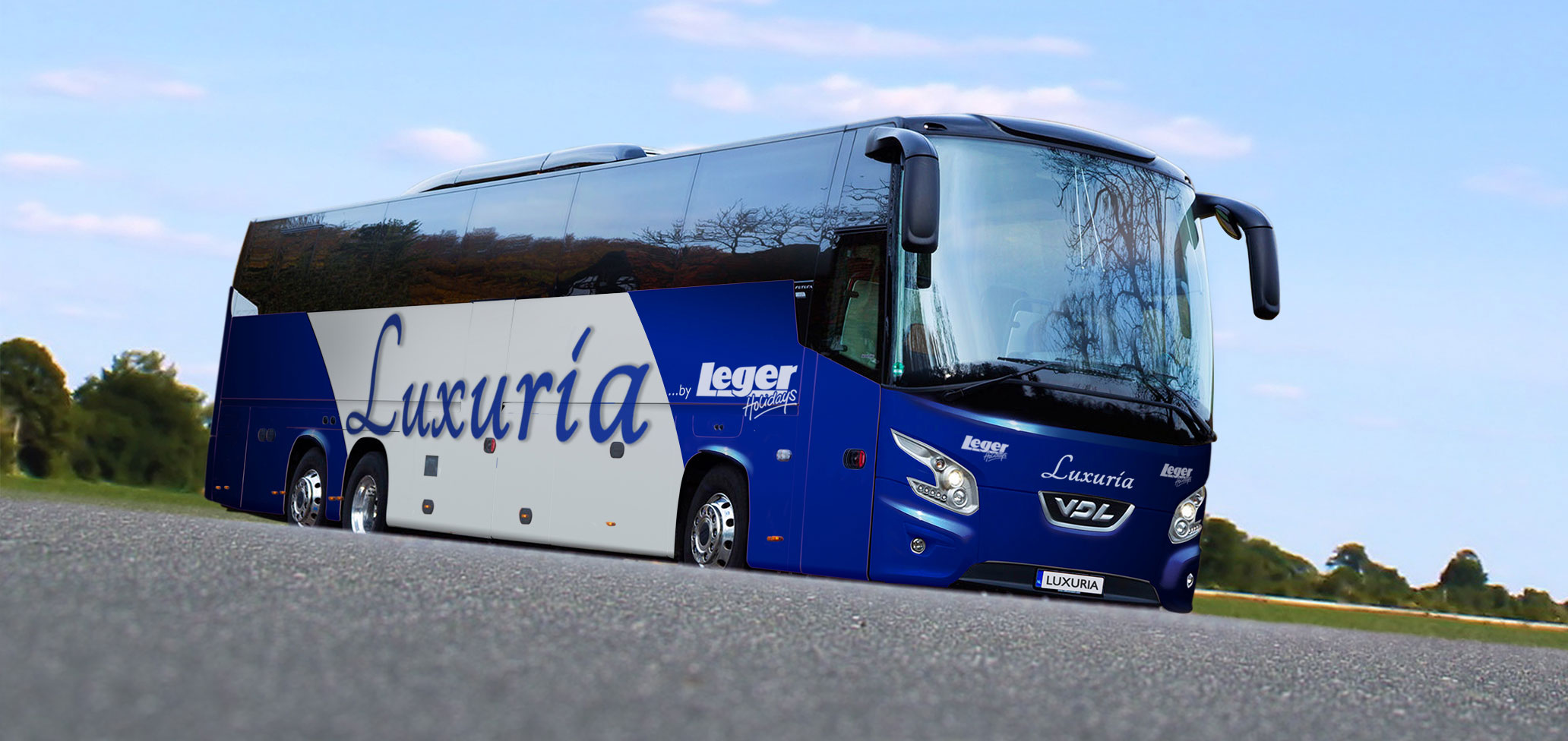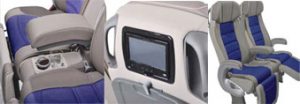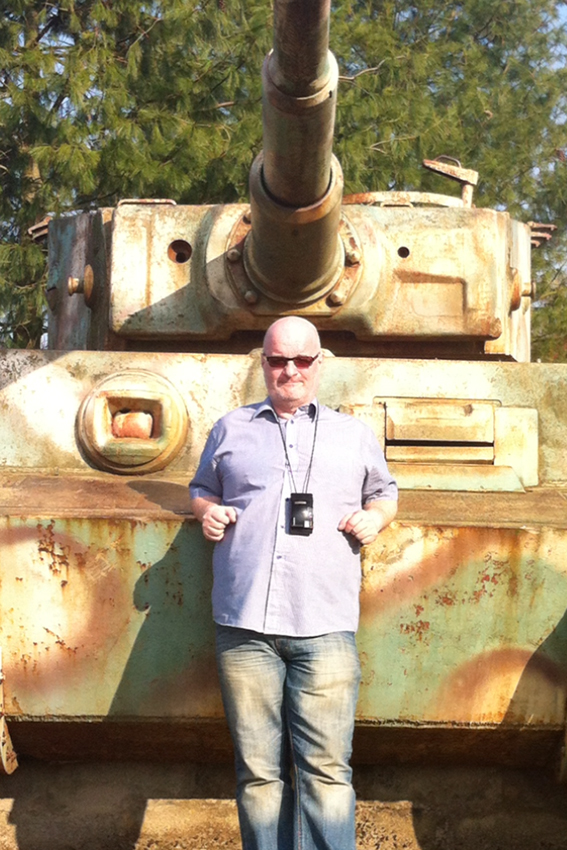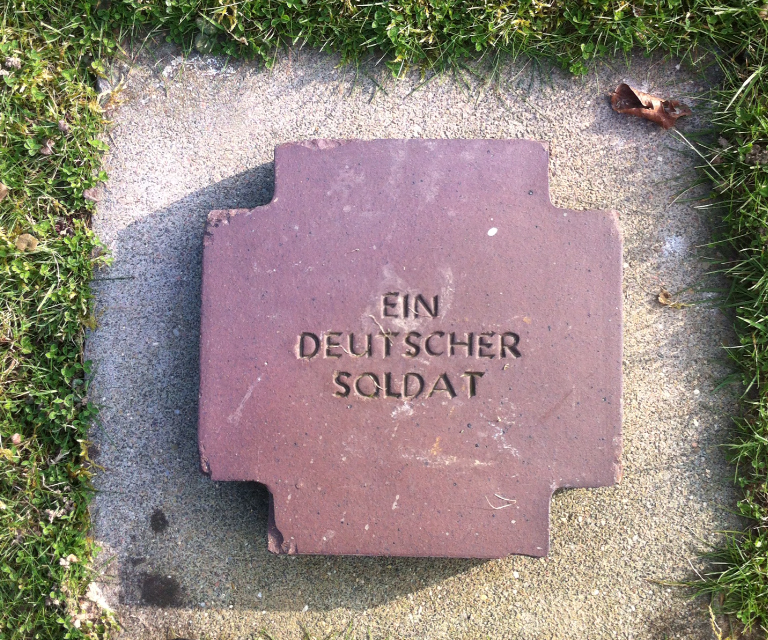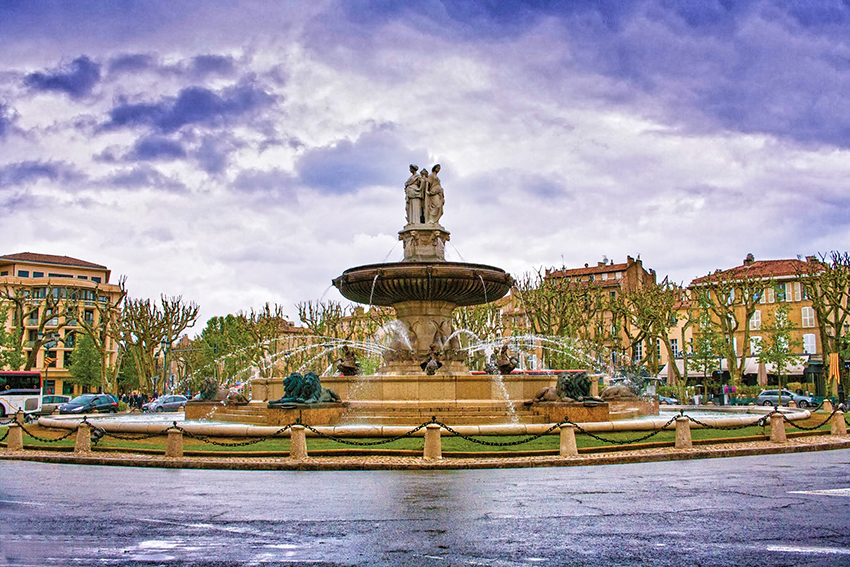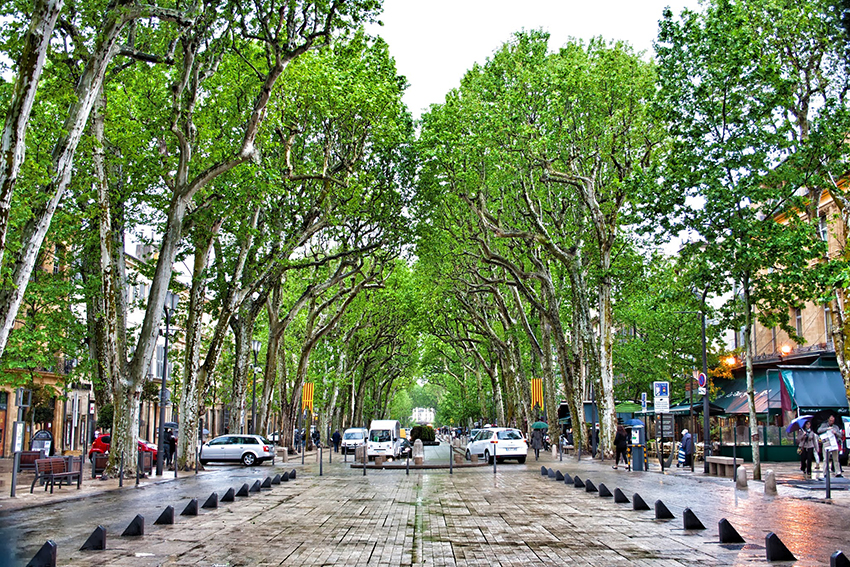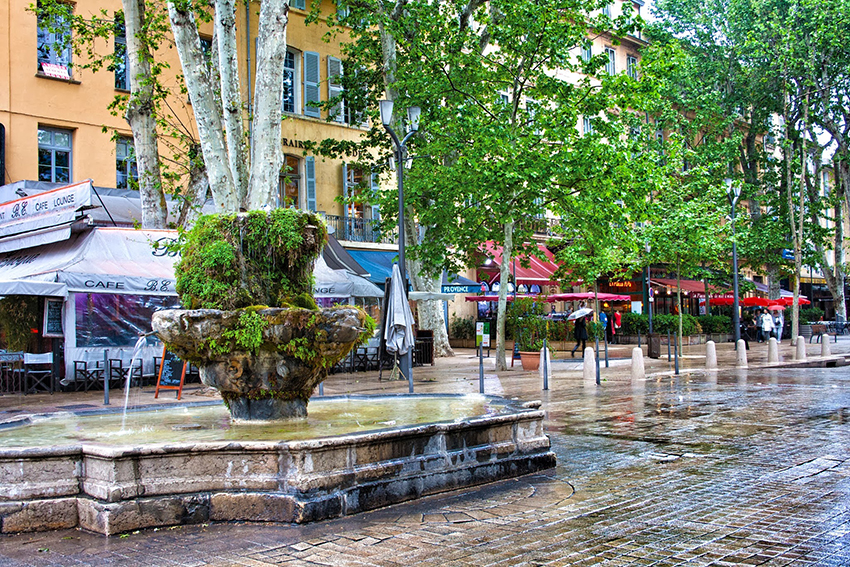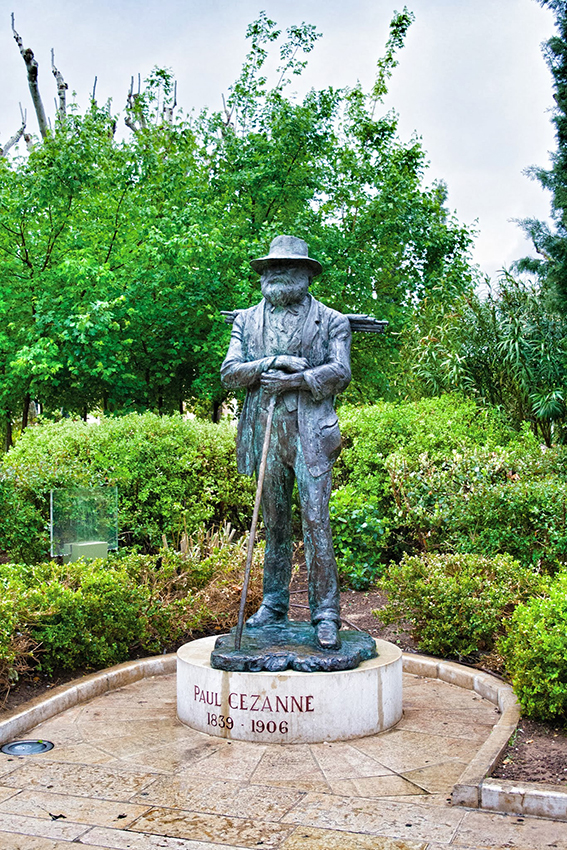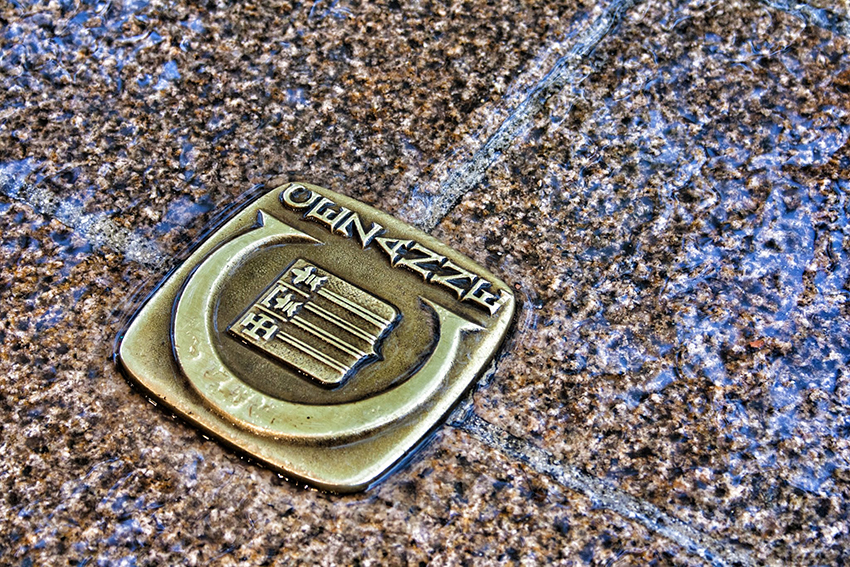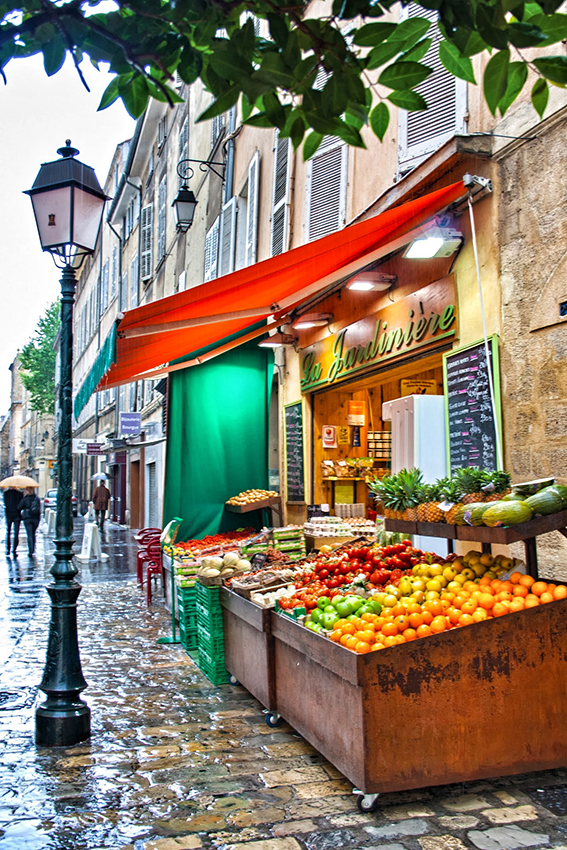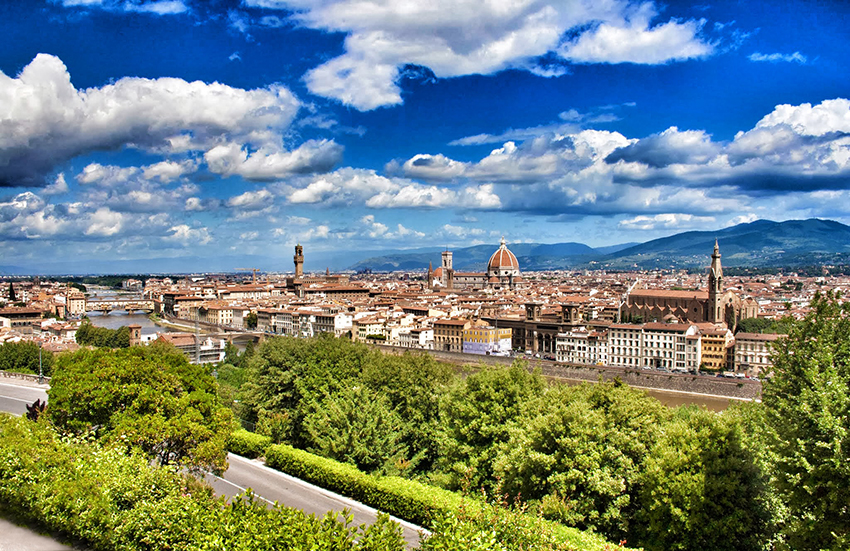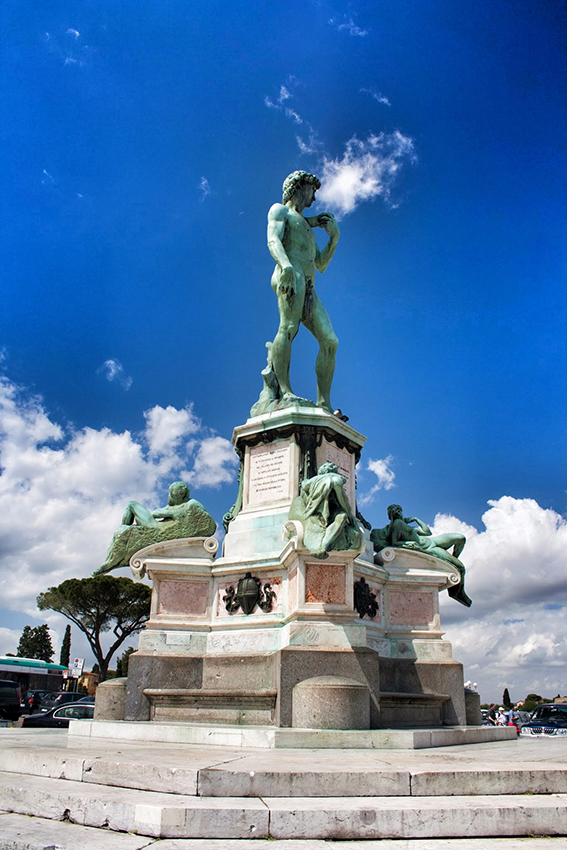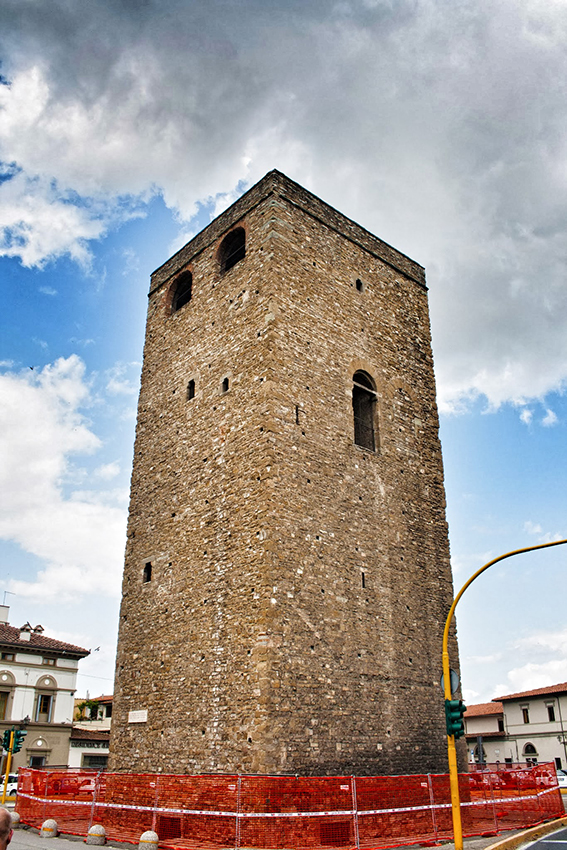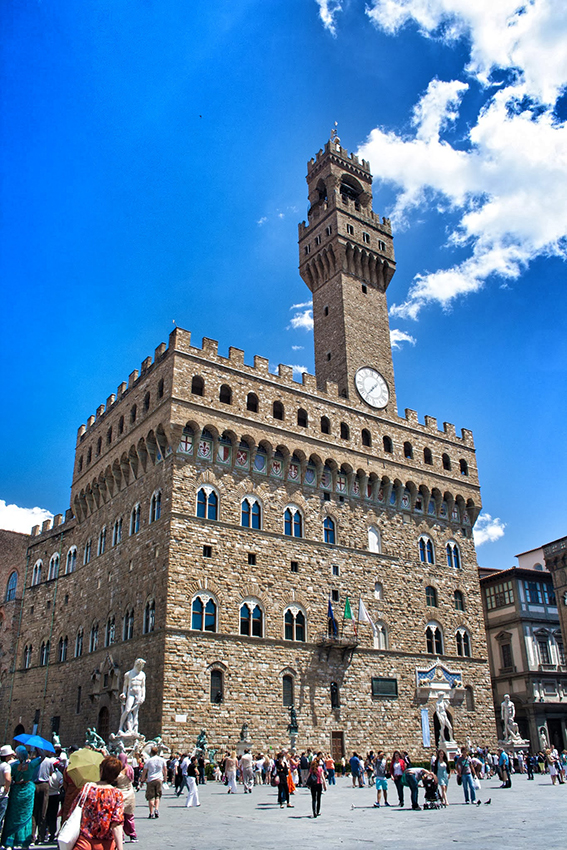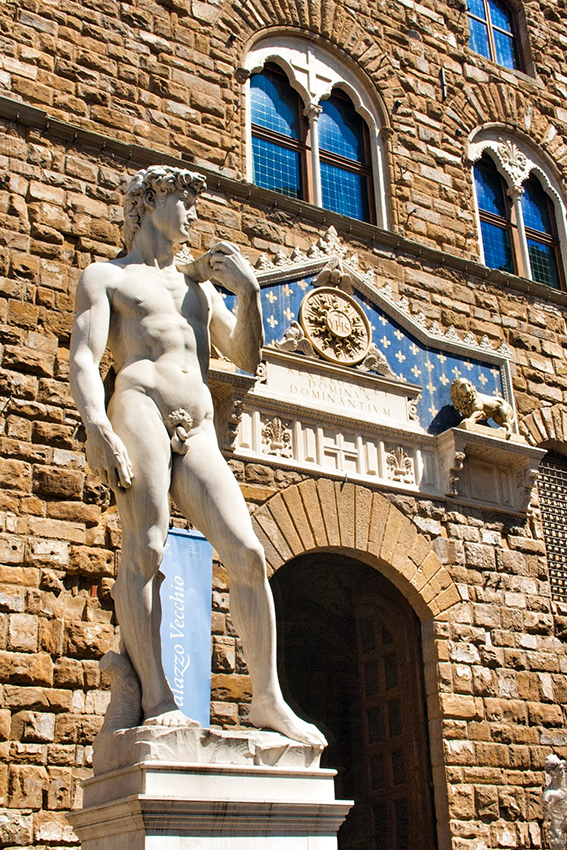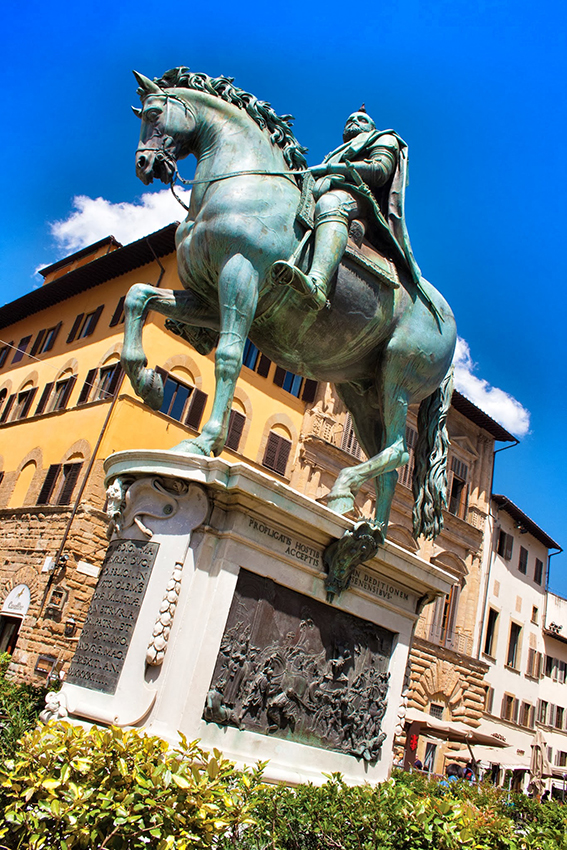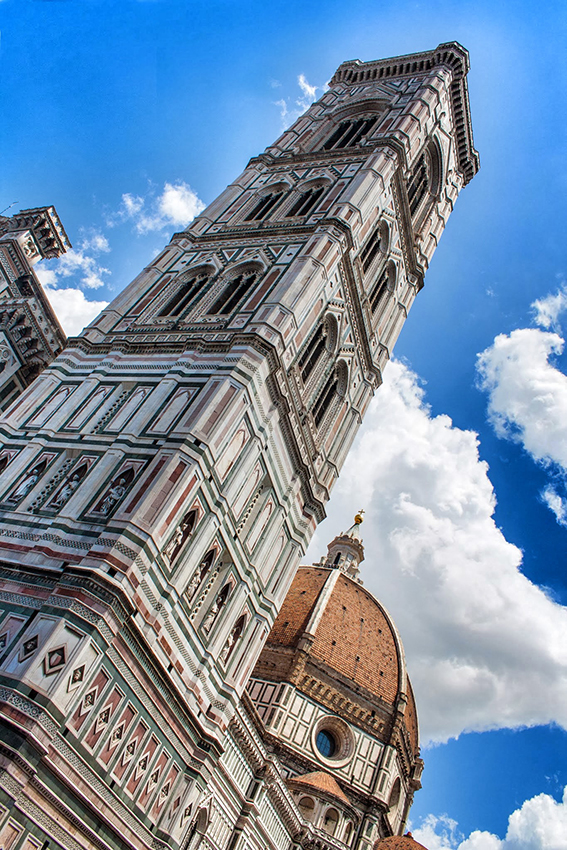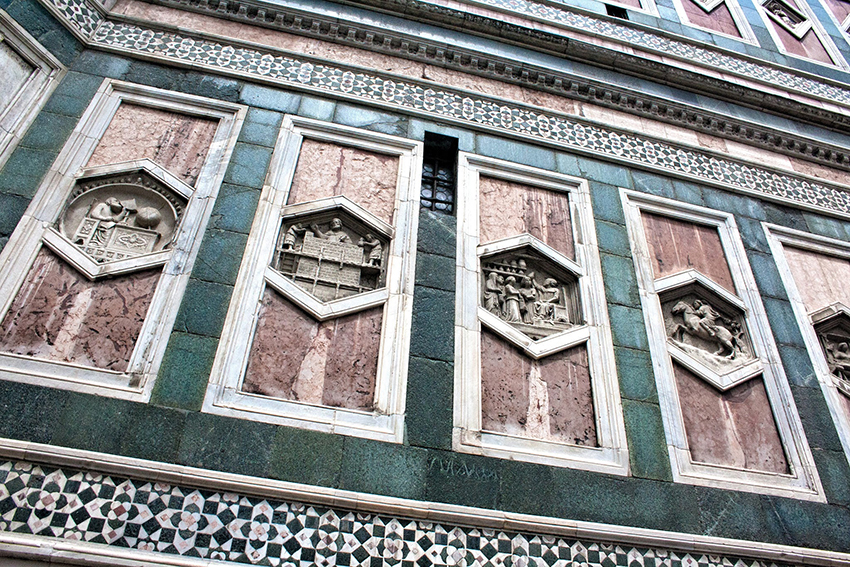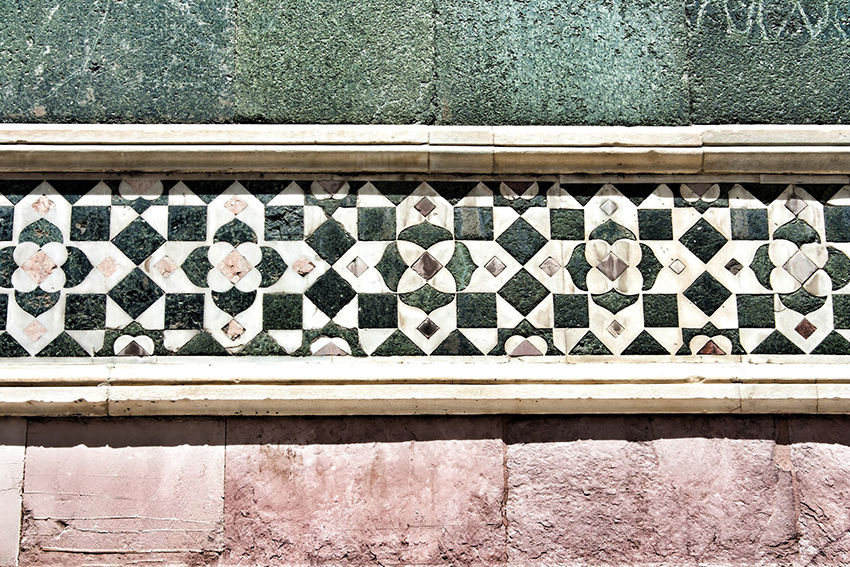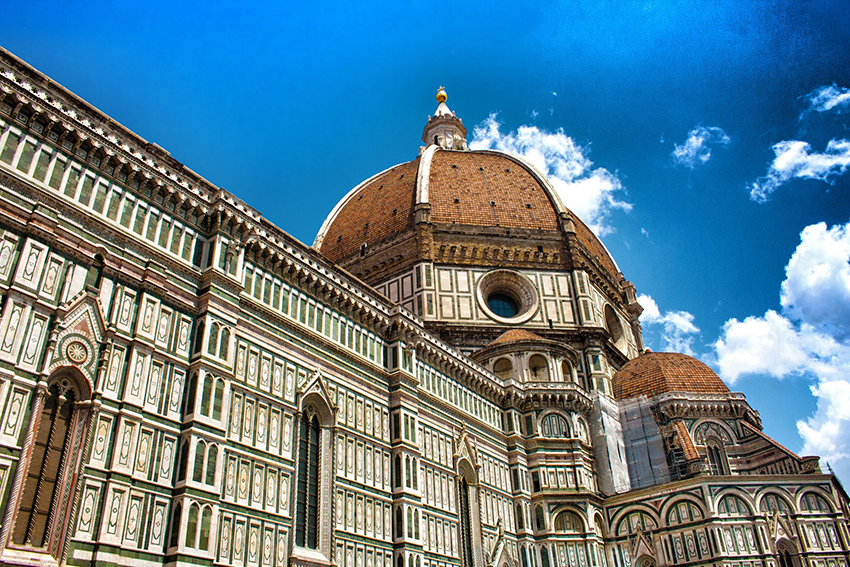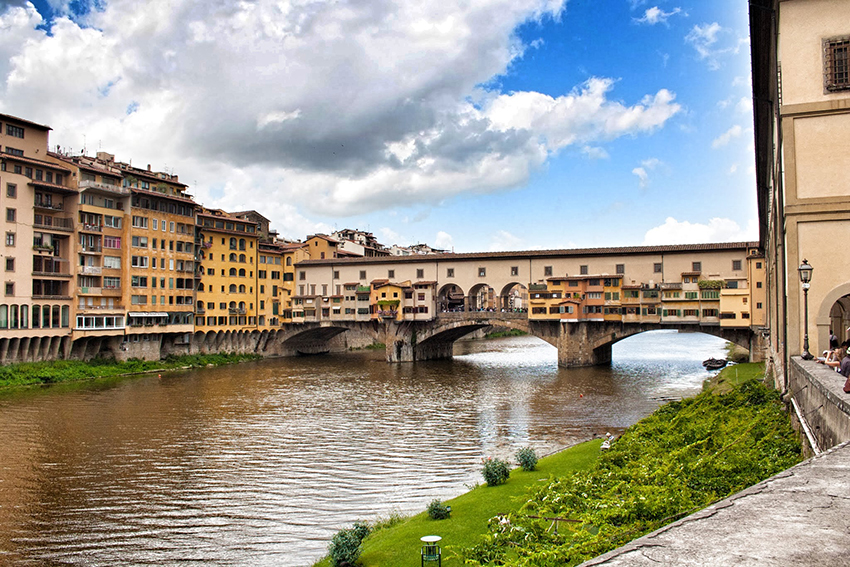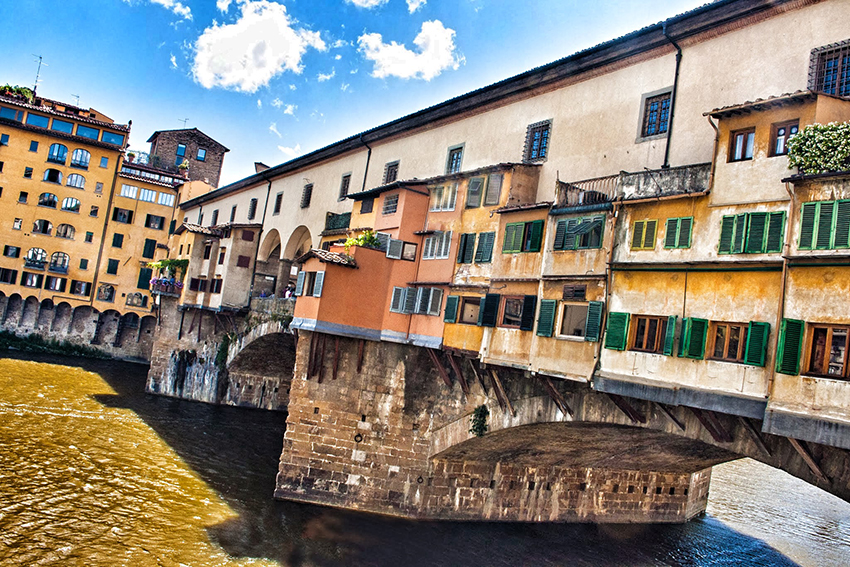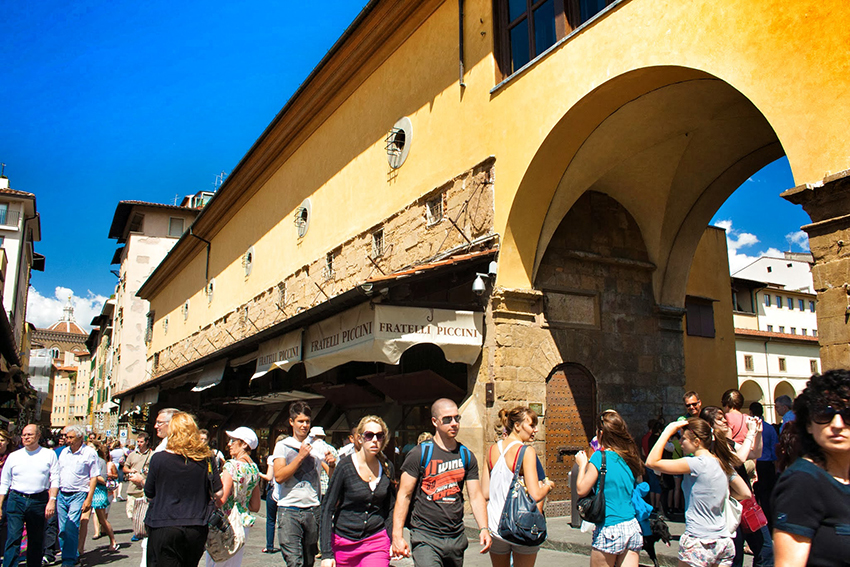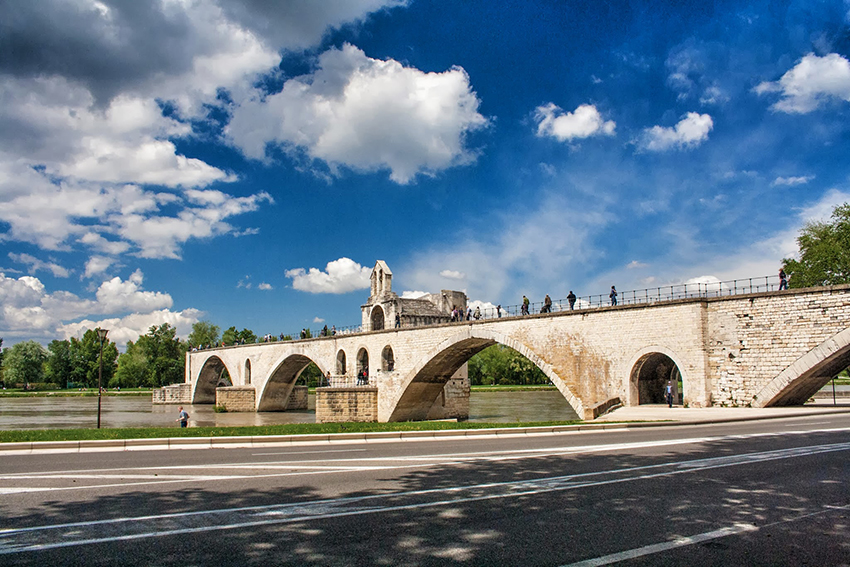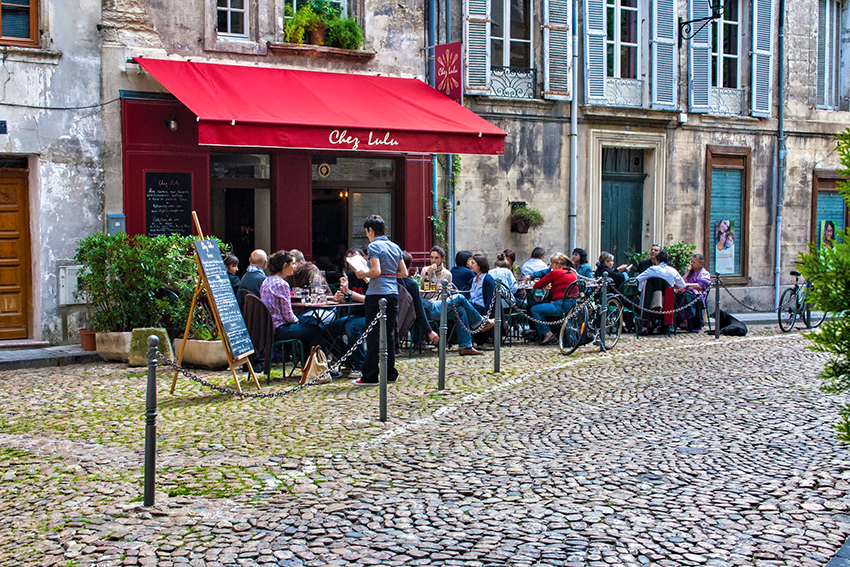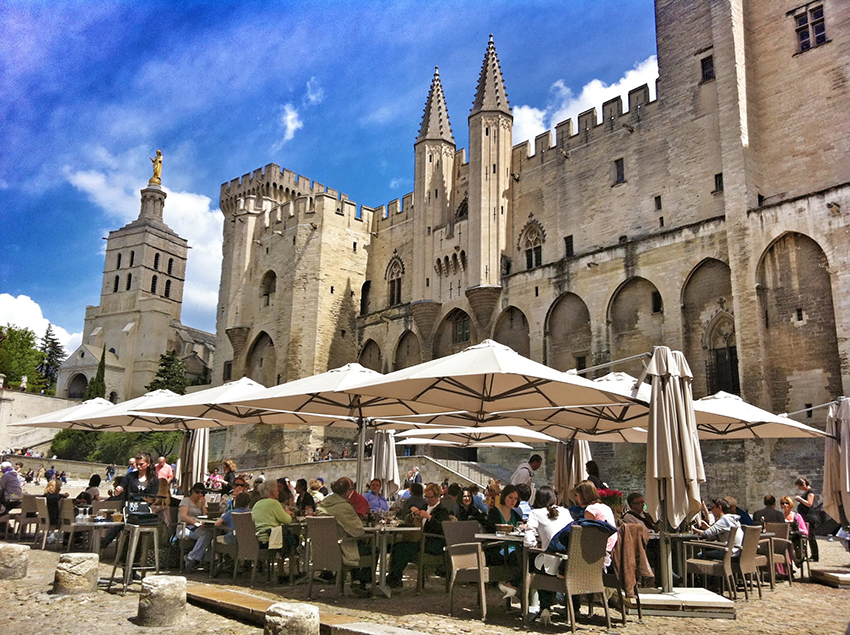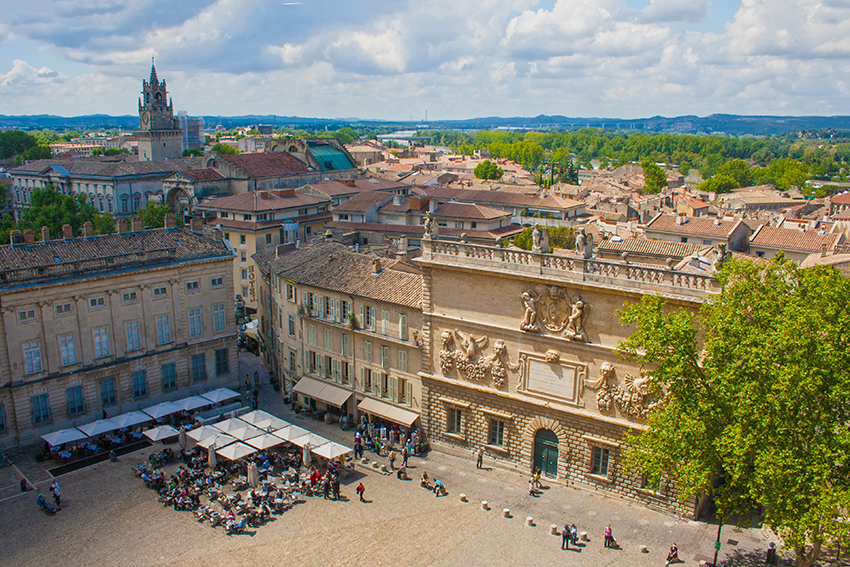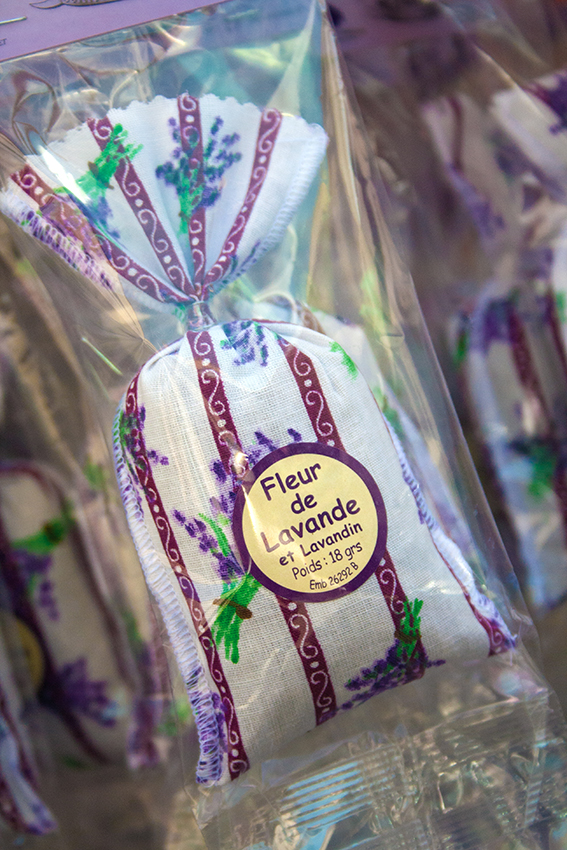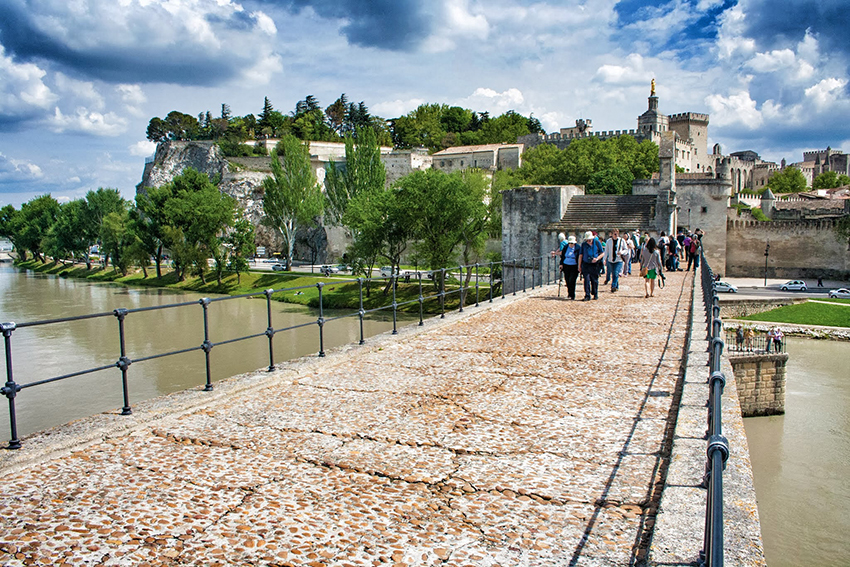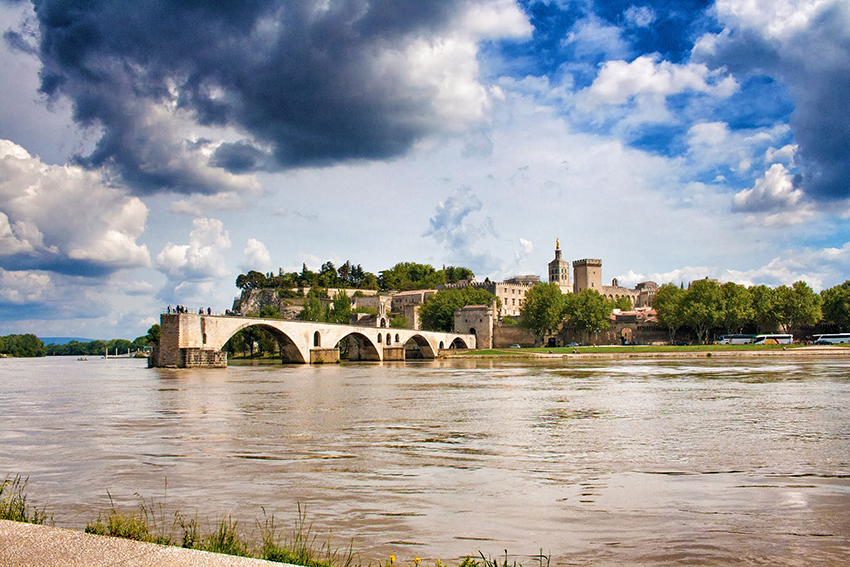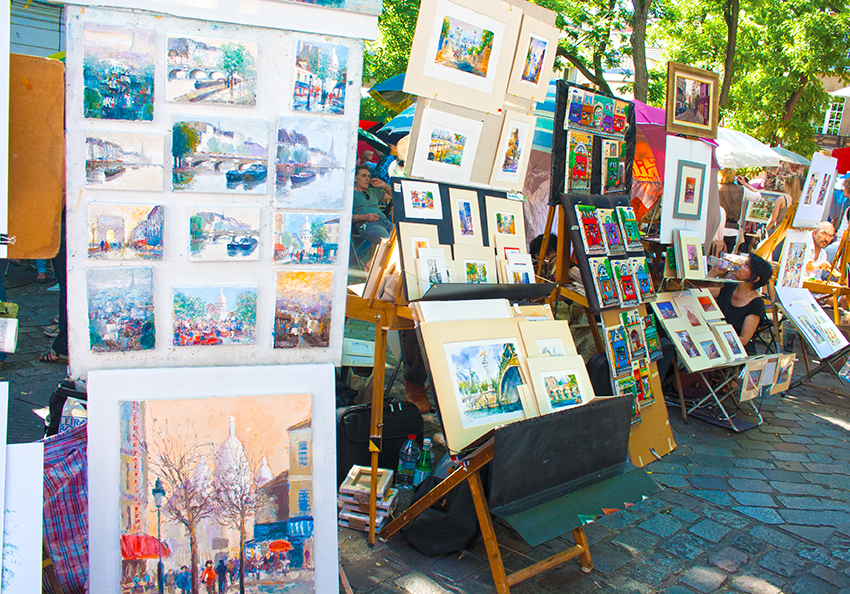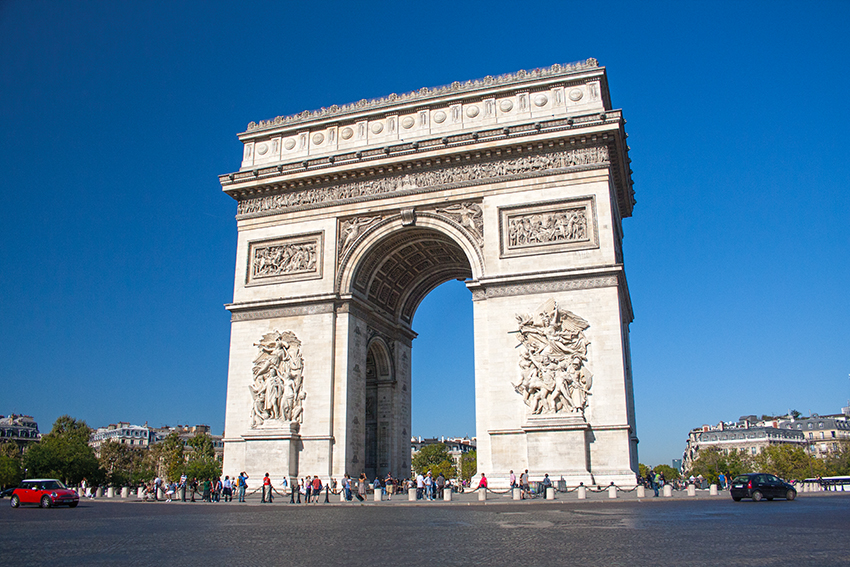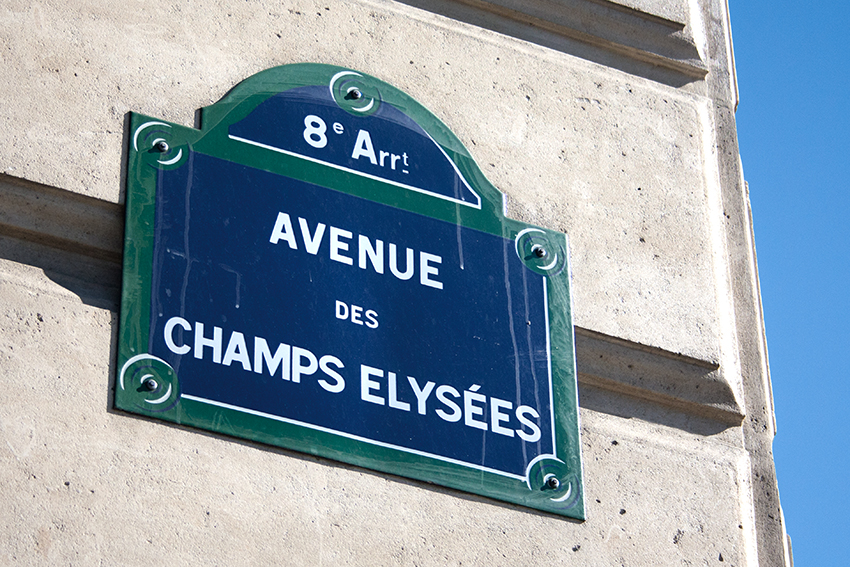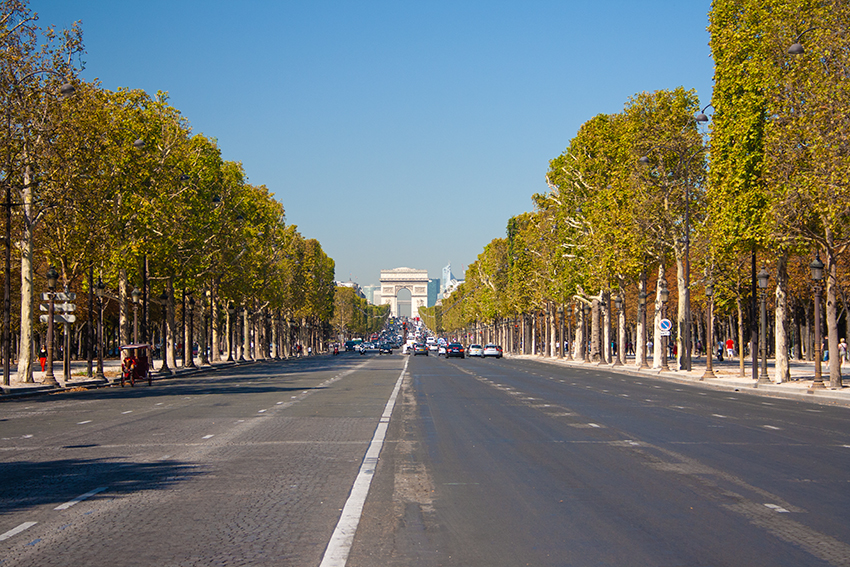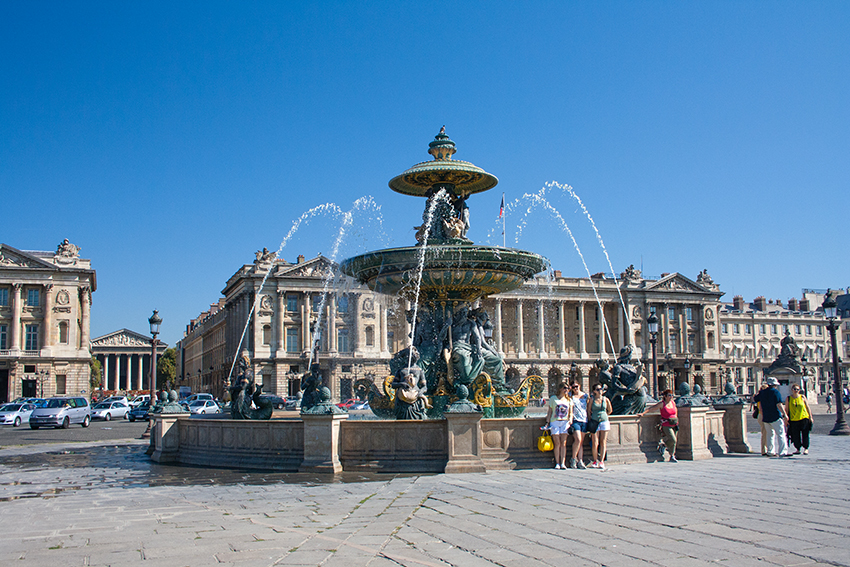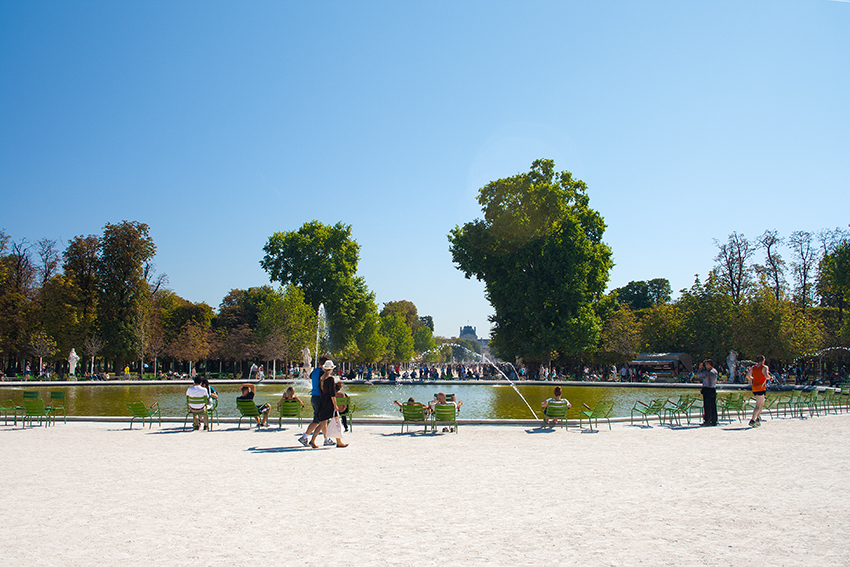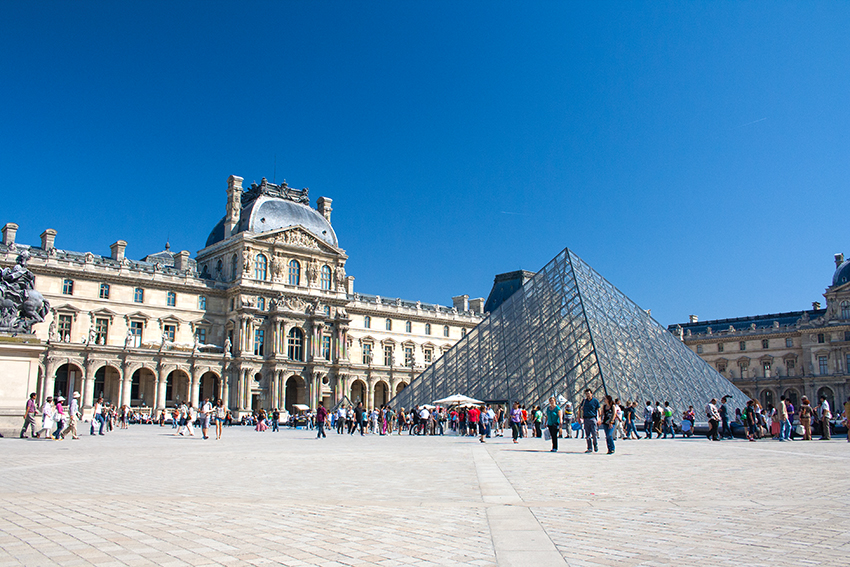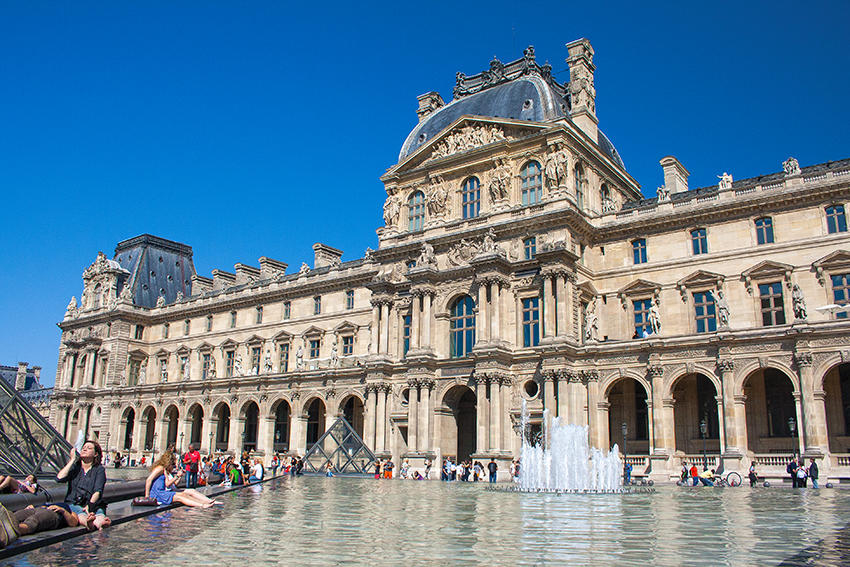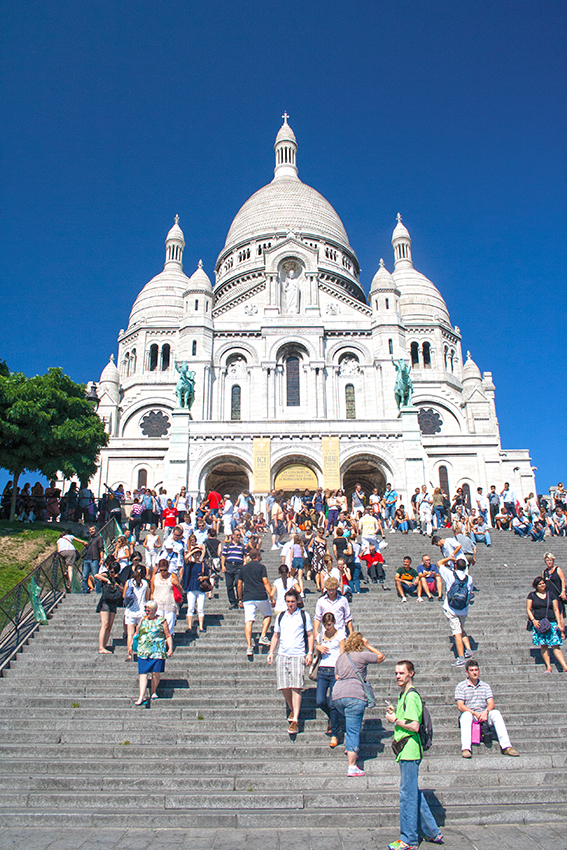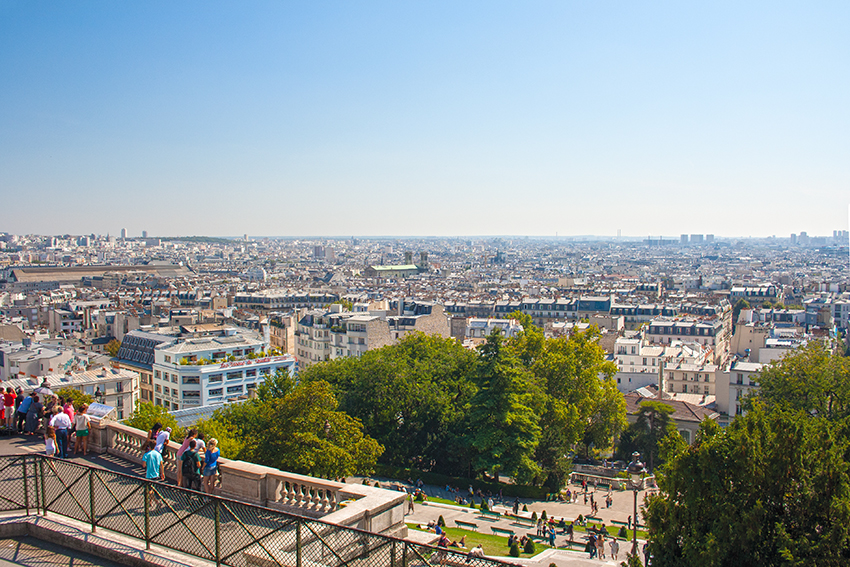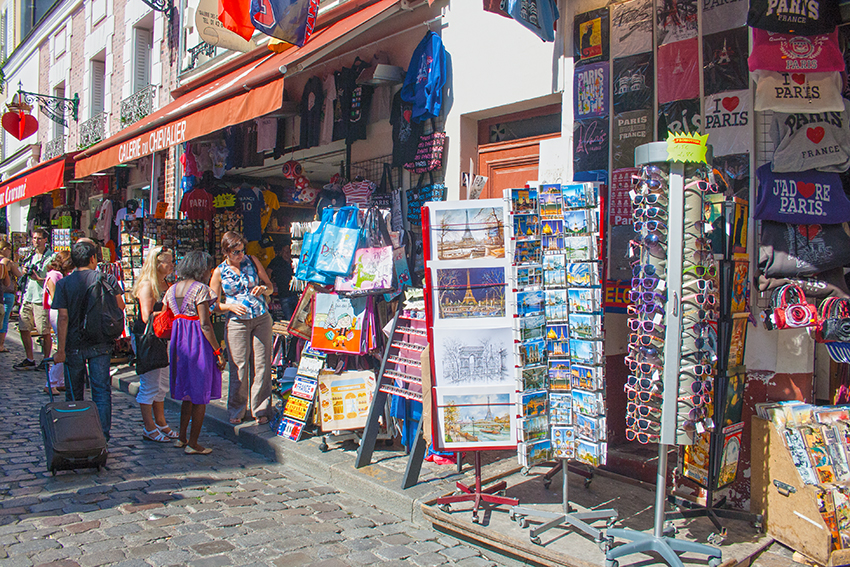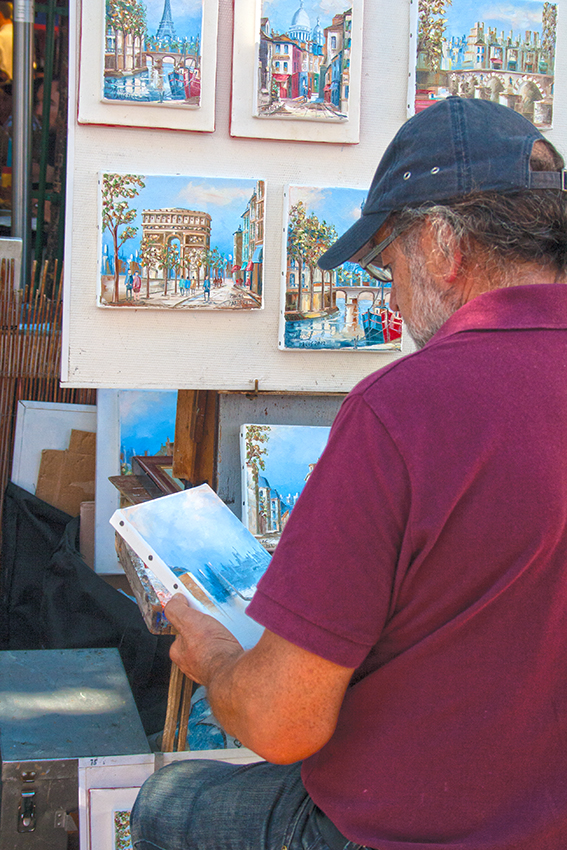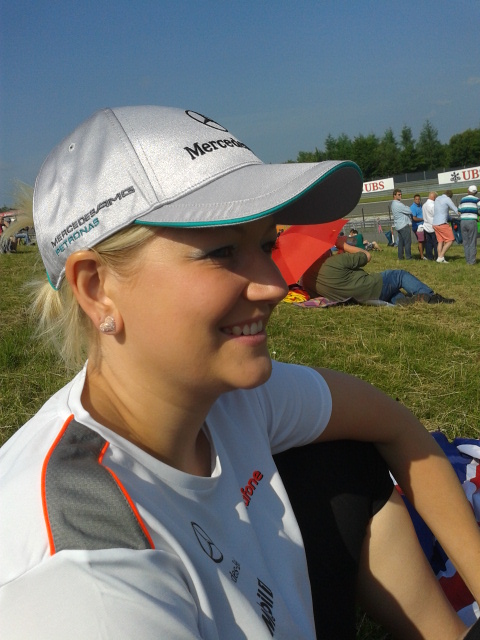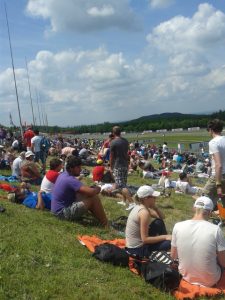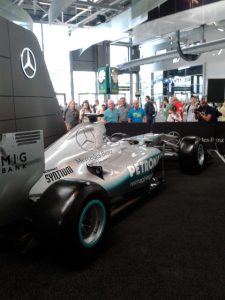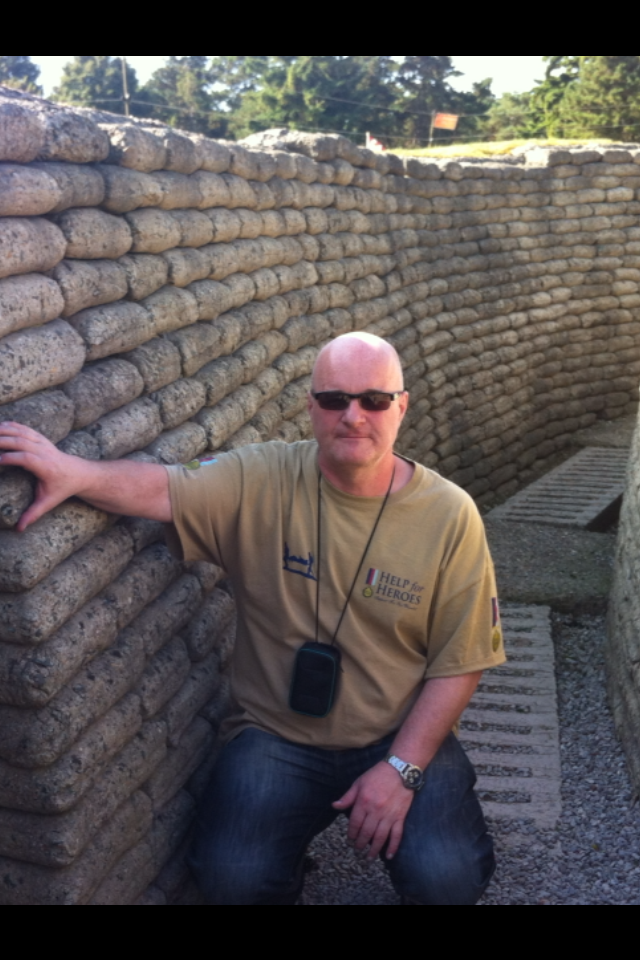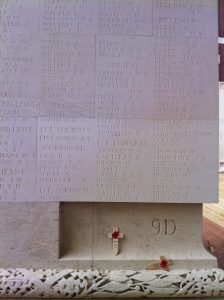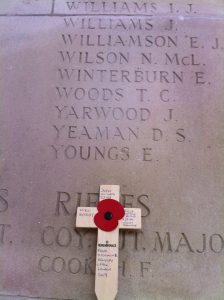The end of the Formula 1 season may be upon us as the countdown to Abu Dhabi is underway, but it doesn’t mean we can’t look forward to next season. We’ve just launched our new F1 page on our website, launched our social pages and Leger HQ has been fully submerged in Grand Prix chat, predictions and rumours.
Our E-commerce Executive Richard Mansfield took our ‘See it Live’ tour to the Spanish Grand Prix earlier this year and has kindly answered some of our questions to celebrate the launch of the new pages.
What made you want to take a See It Live tour?
I have always loved the atmosphere and thrill of live sporting events such as football, rugby, and Supercross. An F1 weekend was one of those spectacles I have always wanted to experience, and since working at Leger I have always said after my trip to Paris a few years ago, my next tour would be a See it Live weekend.
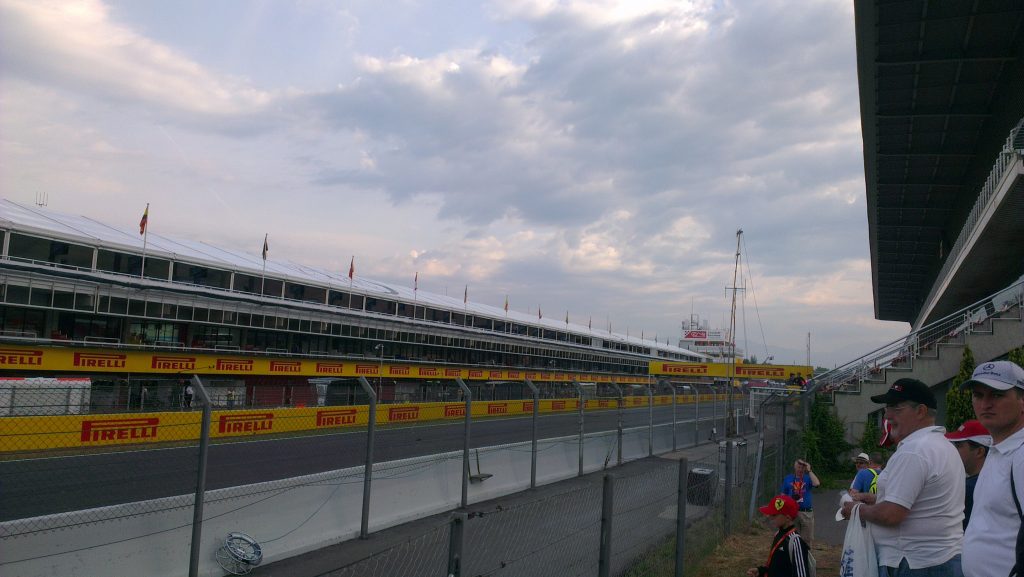 How long have you been interested In Formula One?
How long have you been interested In Formula One?
I have watched it from a very early age, I remember watching Damon Hill win his first title in 96, sat with my dad on the sofa, pretending to drive an imaginary car and crossing the line to win.
Why did you choose the Spanish Grand Prix?
One of my favourite drivers is Fernando Alonso and to see him at his home Grand Prix was something I couldn’t miss. I also saw this as the perfect Grand Prix for the weather, although not guaranteed.
How would you describe the atmosphere from the coach to the track?
Electric! From the minute we got on the coach at Leger HQ to walking in to the track, we knew we were going to be amazed by the whole experience. Discussions around the coach of favourite drivers and favourite tracks didn’t take long to get in full swing. It was also interesting to hear the stories of fellow travellers who have been to other F1 weekends with Leger.
Do you have a team you support or was there a certain driver that you were looking forward to seeing race?
I don’t have a favourite team. My favourite drivers are Fernando Alonso and Jenson Button.
How was the weather whilst you were there? Does it have an effect on your visit?
The weather was perfect! The sun was out all weekend, couldn’t have asked for better. I would imagine the weather could play apart in your race weekend. But as long as you are prepared for it the racing will always be an unforgettable experience.
How much of the track did you get to see whilst there?
I was pleasantly surprised as to how much of the track I could see, bearing in mind I opted for the general admission ticket. The track walk at the end was also a bonus, especially walking up the start and finish straight.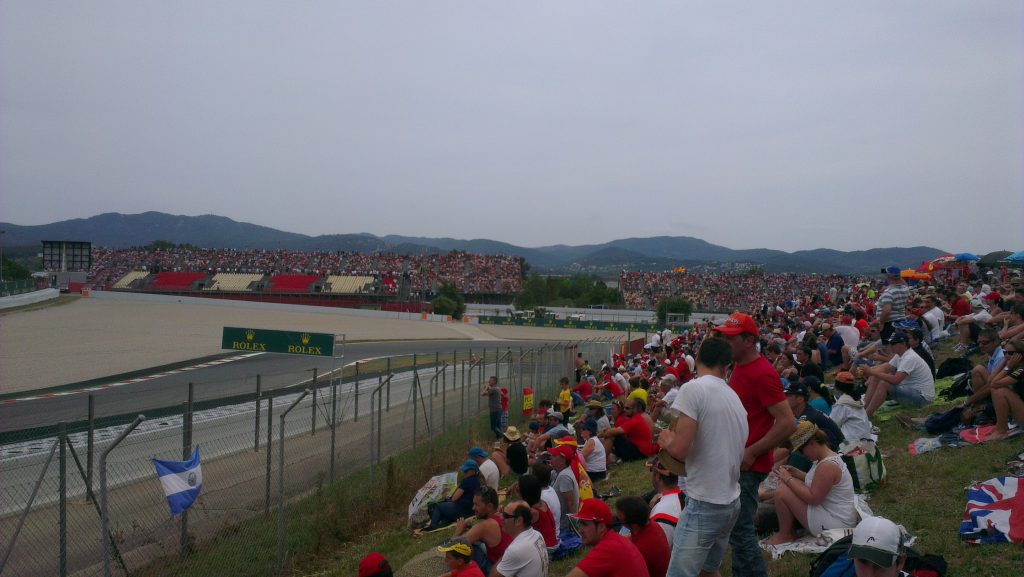
Which part of the track did you enjoy the race from?
Through the Gp2 and GP3 and Porsche Mobil 1 Supercup we took in as much of the track as we could then for the BIG ONE we sat at corner 8 with the in view of 7 and 9.
What was your best experience of the trip?
(Apart from the big race itself) Without a doubt the buzz and build up on race day, from arriving to the track to sitting on the coach on our way home the atmosphere and excitement is something I will never forget.
What advice would you give to people heading off to the Spanish Grand Prix for the first time?
Take in the track and views during qualifying and early races to guarantee you find your favoured spot for the big race. Also, be sure to pack sun cream! I lost mine on the way in to the circuit and as you can imagine it was VERY hot. There are places for cover from the sun, but I would certainly recommend a hat sun cream and plenty of liquids.
Do you have to be a F1 super fan to enjoy a Grand Prix See It Live experience?
Certainly not, as much as I love the sport and follow every race. I wouldn’t class myself as a ‘Super fan’. A See It Live weekend can be enjoyed by anybody, I am sure there are many others who would agree in saying once you have experienced one, you are itching for the next opportunity.
Would you go on a Grand Prix tour again? If so, which one do you fancy?
I certainly would, on our way back my Dad was already looking at our next race weekend with Leger. From start to finish it was such an unforgettable weekend. At present we are stuck between Belgium Grand Prix or my Dads favourite the German Grand Prix.
